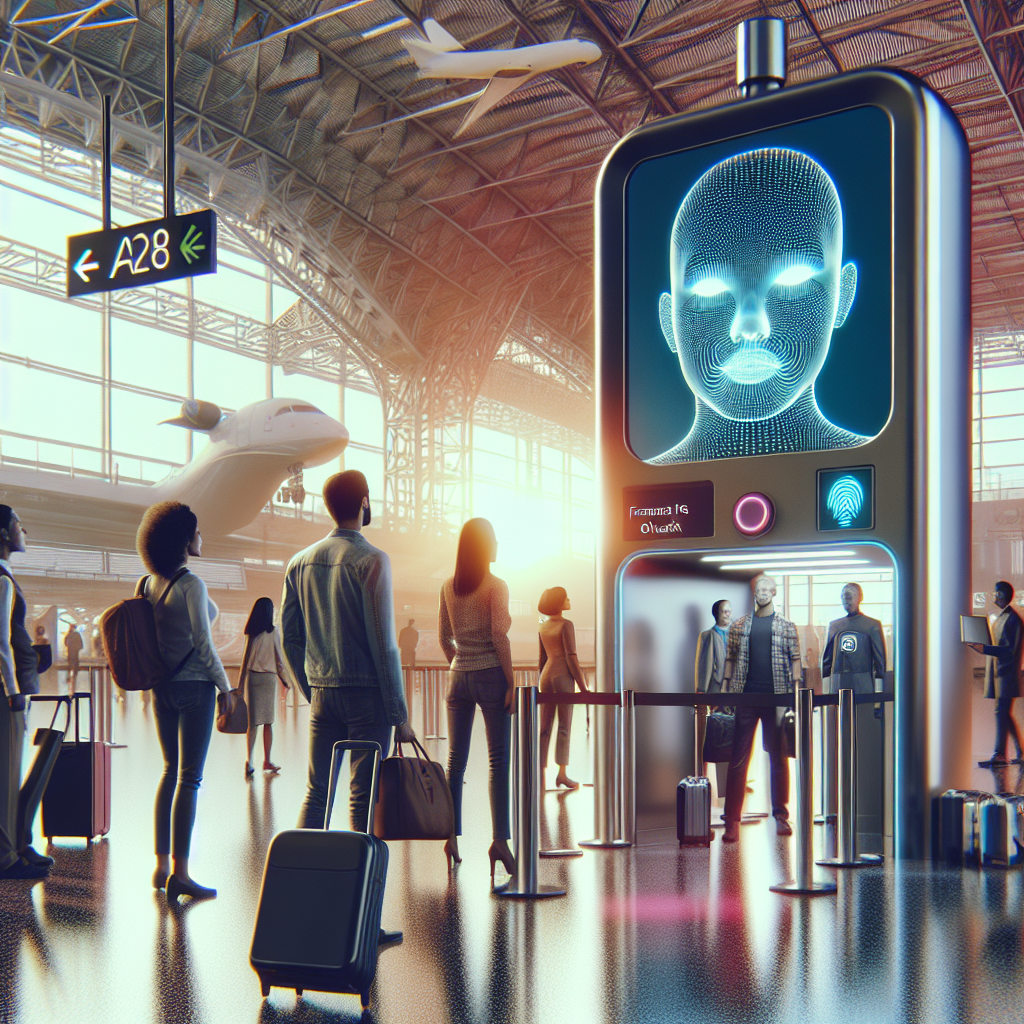Facial Recognition & Biometric Check-In: The Next Wave of Friction-Free Travel in 2025
A decade ago, biometric processing was confined to a handful of early-adopter airports. In 2025, face-match corridors are expanding from immigration halls into hotel lobbies, cruise terminals, car-rental depots and even theme-park gates. The goal: zero-document travel from doorstep to destination. This article examines why biometric adoption is accelerating now, how early movers are implementing it end-to-end, and what challenges brands must tackle to win traveller trust.
1 | Why Biometric Momentum Is Surging in 2025
- Regulatory clarity. The U.S. Transportation Security Administration formally authorised facial identification for domestic screening at 25 airports, aiming for nationwide rollout by 2026 (tsa.gov).
- Hardware cost crash. Compact depth-sensing cameras now retail under $100; combined with on-device AI chips, hotels can add face entry to every door without cloud latency (qualcomm.com).
- Traveller appetite. A 2024 IATA survey shows 75 % of passengers would gladly use biometrics instead of passports if it cuts queue time (iata.org).
- Post-pandemic hygiene mindset. Touchless interactions remain a high priority for 64 % of global hotel guests according to Deloitte’s 2024 Consumer Tracker (deloitte.com).
2 | Core Building Blocks of the Biometric Journey
2.1 Single Enrollment
Travellers verify identity once—usually a selfie matched to a passport—and receive an encrypted biometric token. CLEAR’s “Powered by CLEAR” SDK lets airlines, venues and hotels consume the same token (clearme.com).
2.2 Face-Match Checkpoints
At each touchpoint—bag drop, security, boarding gate, hotel door—depth cameras match a live face to the token locally. NEC’s I:Delight platform can process 100 faces per minute with 99.4 % accuracy (nec.com).
2.3 Real-Time Watch-List Screening
Edge devices hash the face template and check it against airline no-fly or hotel ban lists without transmitting raw imagery, reducing privacy risk.
2.4 Cross-Modal Hand-Off
When a flight lands late, the airline’s API pings the hotel PMS so the door lock still recognises the guest after midnight, and the AI concierge pre-loads room preferences.
3 | Deployment Case Studies
| Brand | Scope | Impact | Source |
|---|---|---|---|
| Singapore Changi Airport | Face-only curb-to-gate flow, incl. immigration | Average departure processing time cut to 10 seconds | channelnewsasia.com |
| Marriott × CLEAR | Face-unlock mobile key in 10 U.S. properties | Lobby check-in times ↓ 75 % | news.marriott.com |
| Delta SkyWay LAX | Biometric bag drop + TSA + boarding | Boarding speed ↑ 30 %; gate agents redeployed | news.delta.com |
4 | Benefits Across the Travel Chain
- Travellers: Less queueing, fewer documents, personalised service from room lighting to lounge access.
- Airlines & Hotels: Labour savings, richer data on guest journeys, upsell triggers via recognition events.
- Security Agencies: Higher accuracy vs. manual checks, faster anomaly detection.
5 | Privacy & Security Concerns
5.1 Data Sovereignty
EU GDPR and California CCPA impose strict biometric data limits. Best practice: on-device hashing and 24-hour auto-deletion logs.
5.2 Spoofing & Deepfakes
NEC’s liveness-detection counters photo or video spoofing by analysing micro-movements and depth inconsistencies (nec.com).
5.3 Inclusivity
Blemishes and age variations can lower match rates for under-represented groups. Ongoing bias audits are mandatory under EU AI Act risk-classification rules (digital-strategy.ec.europa.eu).
6 | Implementation Blueprint
- Stakeholder alignment: Security, IT, ops and brand marketers agree on guest journey goals and privacy policy.
- Vendor RFP: Compare CLEAR, SITA SmartPath, NEC I:Delight on false-accept rates, API breadth, regional hosting.
- Pilot one corridor: E.g., VIP check-in lane or staff entrance; gather KPI baselines.
- Scale & integrate: Connect PMS, CRM, loyalty, and event triggers for upsells.
- Ongoing audit: Quarterly accuracy, bias and data-retention reviews.
7 | Future Outlook
By 2027, facial tokens will sync with travel wallets: one selfie unlocks flights, e-SIM activation, hotel rooms and rental cars. Destination marketing organisations may certify “face-first” visitor corridors, while loyalty programmes reward biometric opt-ins with express lines. Brands investing now will own the friction-free, trust-centric journeys tomorrow’s travellers demand.




Comments
Leave a Comment
No comments yet. Be the first to comment!